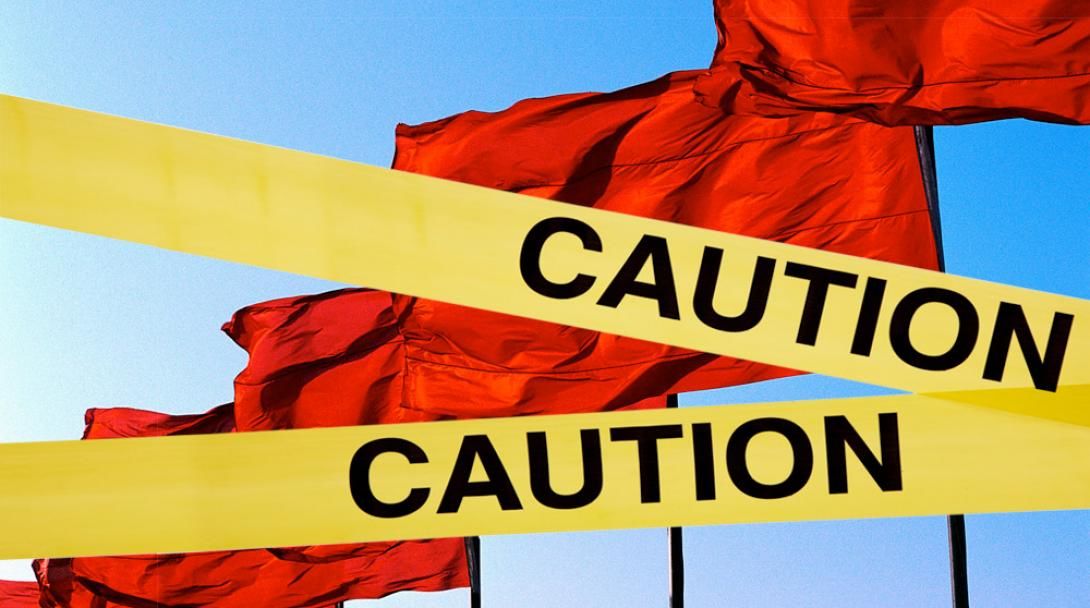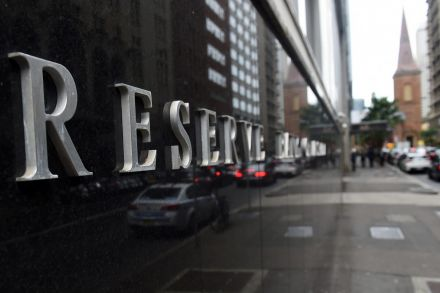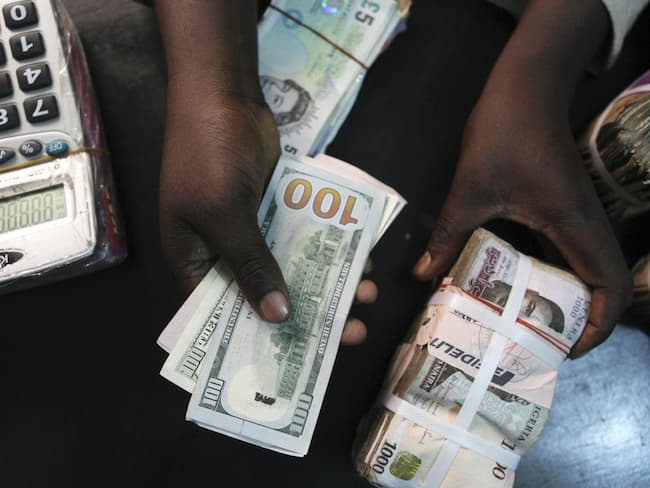- The Reserve Bank of Australia holds rates at 1.5 percent, marking 20 months since its last move.
- The central bank says wage growth and inflation will stay low for some time.
Australia’s central bank left interest rates at record lows on Tuesday, the longest stretch without a change in almost three decades, and looked set to extend this period of “masterful inaction” for some time yet.
As widely expected, the Reserve Bank of Australia (RBA) ended its April policy meeting with the benchmark rate at 1.5 percent, where it has been since a cut in August 2016. The run of 20 months without a move is the longest since the cash rate was first introduced in 1990.
“Inflation is likely to remain low for some time, reflecting low growth in labour costs and strong competition in retailing,” said RBA Governor Philip Lowe in a brief statement.
“Further progress in reducing unemployment and having inflation return to target is expected, although this progress is likely to be gradual.”
Lowe has repeatedly emphasized that the central bank’s board sees no strong case for a near term hike in rates, exhibiting the policy patience his predecessor liked to call ‘masterful inaction.’
Investors have taken the message to heart and steadily widened the odds on a rate rise for the remainder of the year. Futures imply just a one-in-three chance of a hike by December, and are not fully priced for a move to 1.75 percent until August next year.
A Reuters poll of 45 analysts taken last week found around half expected a rise late this year, with the rest tipping a prolonged pause to 2019.
Key to this patience has been the failure of workers to get pay rises despite a booming jobs market. Annual wage growth is only just above record lows at 2.1 percent and the RBA has conceded any pick up will come at a snail’s pace.
Globalization, fierce retail competition, the long decline of trade unions and the increasing concentration of power among a small number of firms have all been blamed for what is a worldwide waning in wages growth.
Housing cools
There is also plenty of slack left in the Australian labor force, particularly as more women go looking for work.
“Spare capacity is reducing only gradually indicating that wage growth is likely to remain muted for some time yet,” said ANZ’s head of Australian economics, David Plank.
ANZ on Tuesday released a monthly survey showing job ads were flat in March after a dip the month before, hinting at some cooling in labor demand.
All of which is restraining incomes at a time when households are trying to manage record amounts of mortgage debt, so eating into spending power.
Consumers could once count on ever-rising home prices to buffer their wealth. The government estimates Australia’s housing stock is worth a heady A$6.9 trillion ($5.29 trillion) — four times the size of annual gross domestic product.
But efforts by regulators to clamp down on risky mortgage lending have taken much of the heat out of that market, with prices going backward in Sydney and Melbourne last month.
Property consultant CoreLogic estimates annual price growth across the major cities braked to just 0.8 percent in March, from a top of 10.5 percent in the middle of 2017.
“A cooling housing market is one more reason, alongside slow wages growth and inflation, for the RBA to keep the cash rate on hold,” said Kristina Clifton, a senior economist at CBA.















